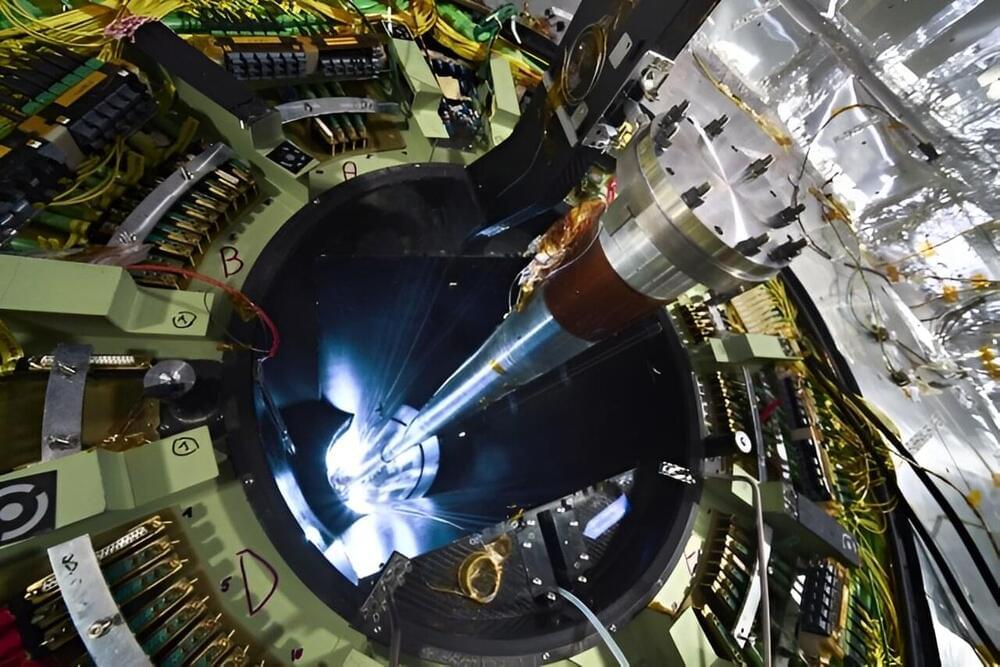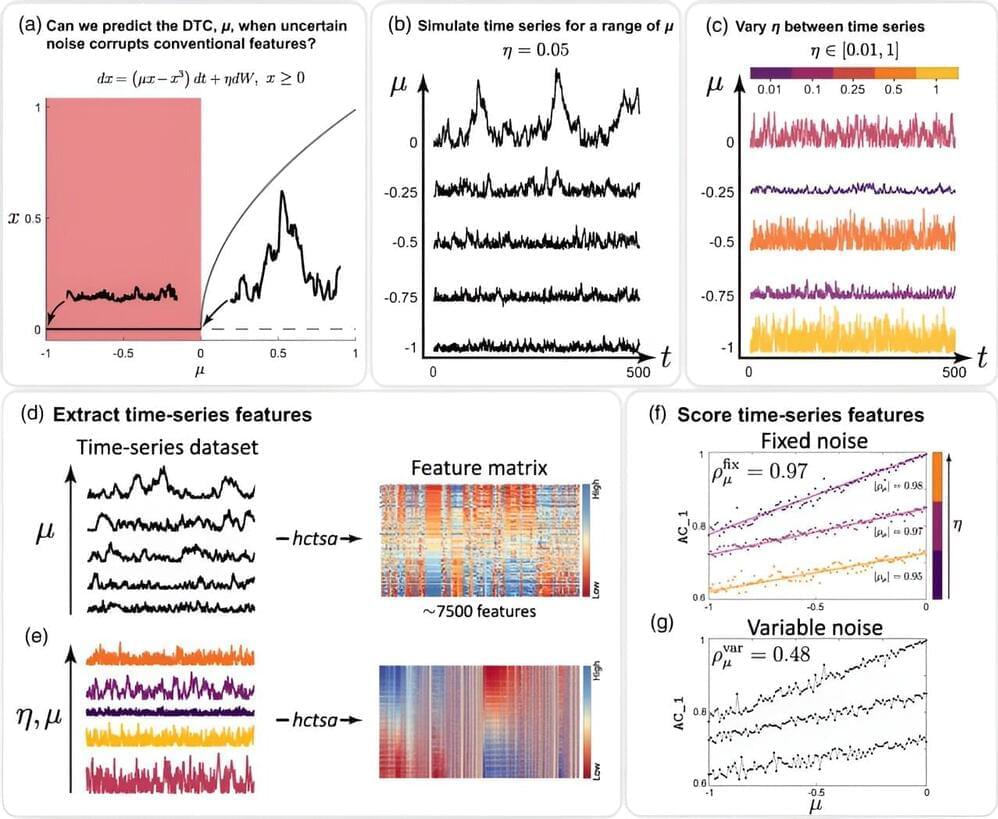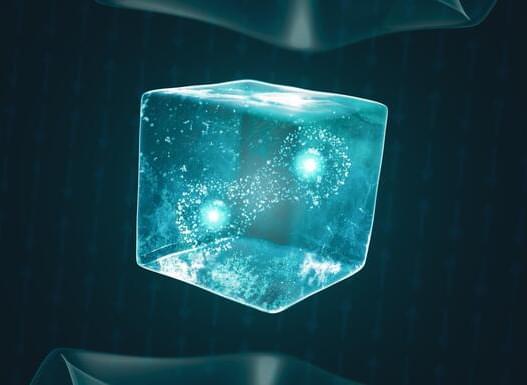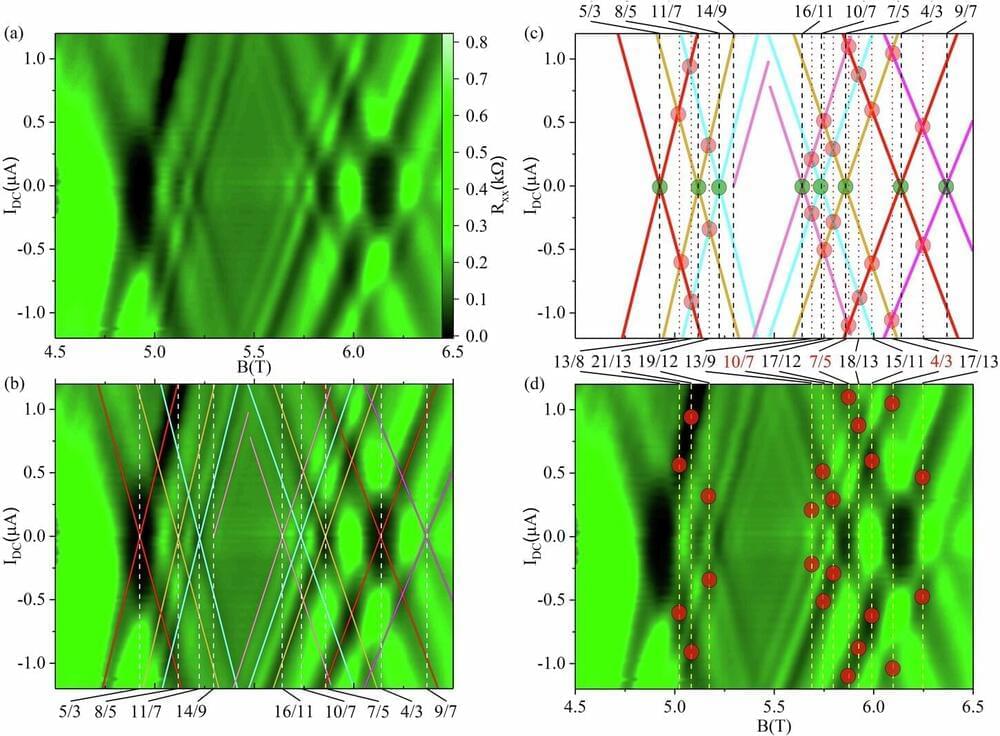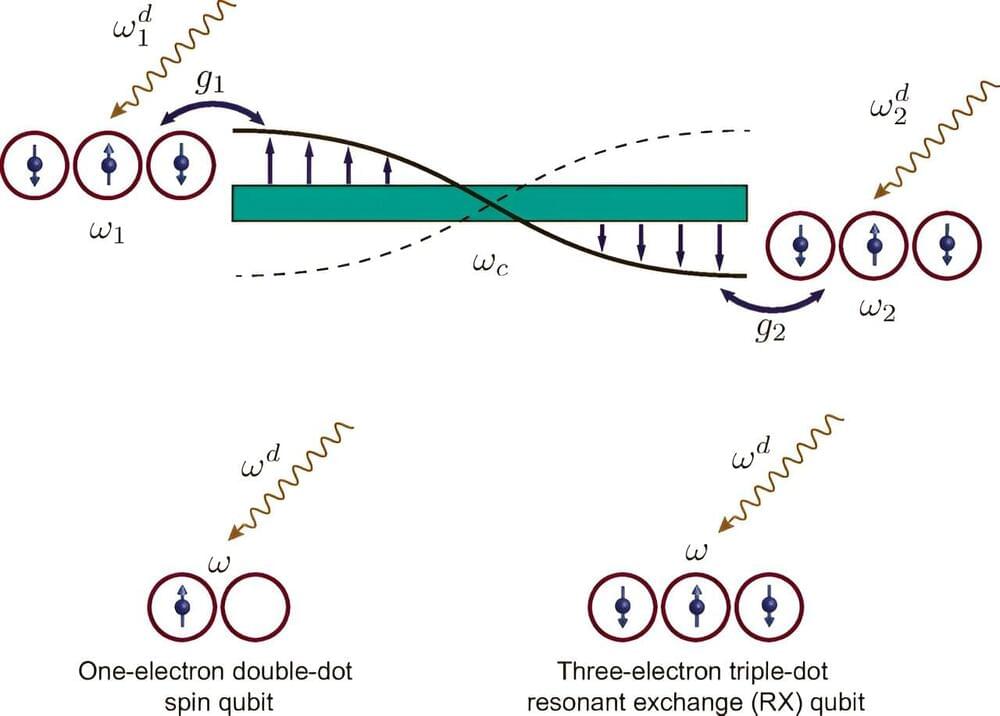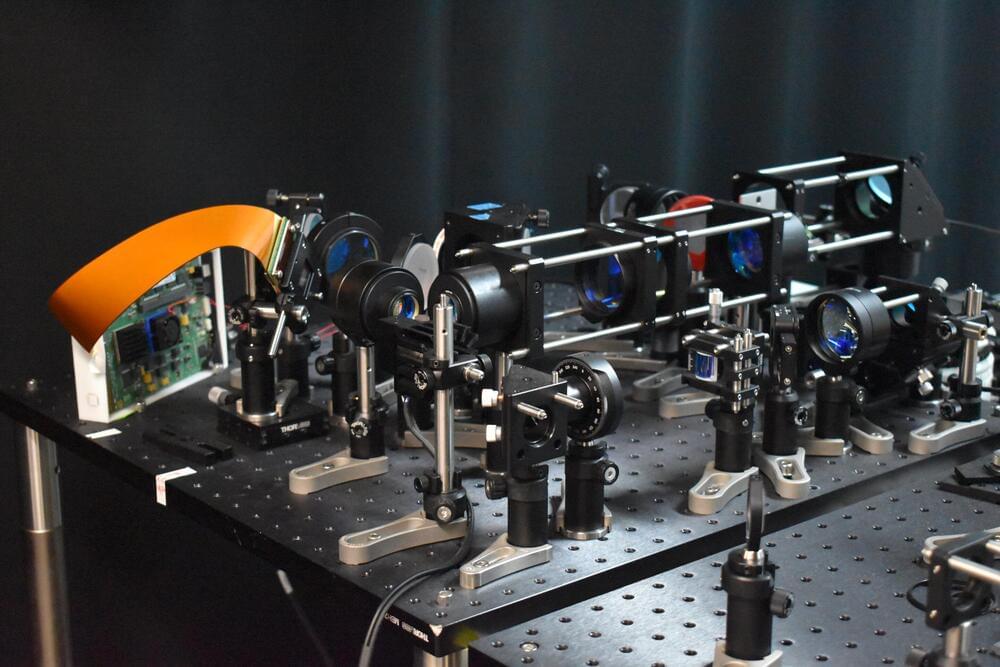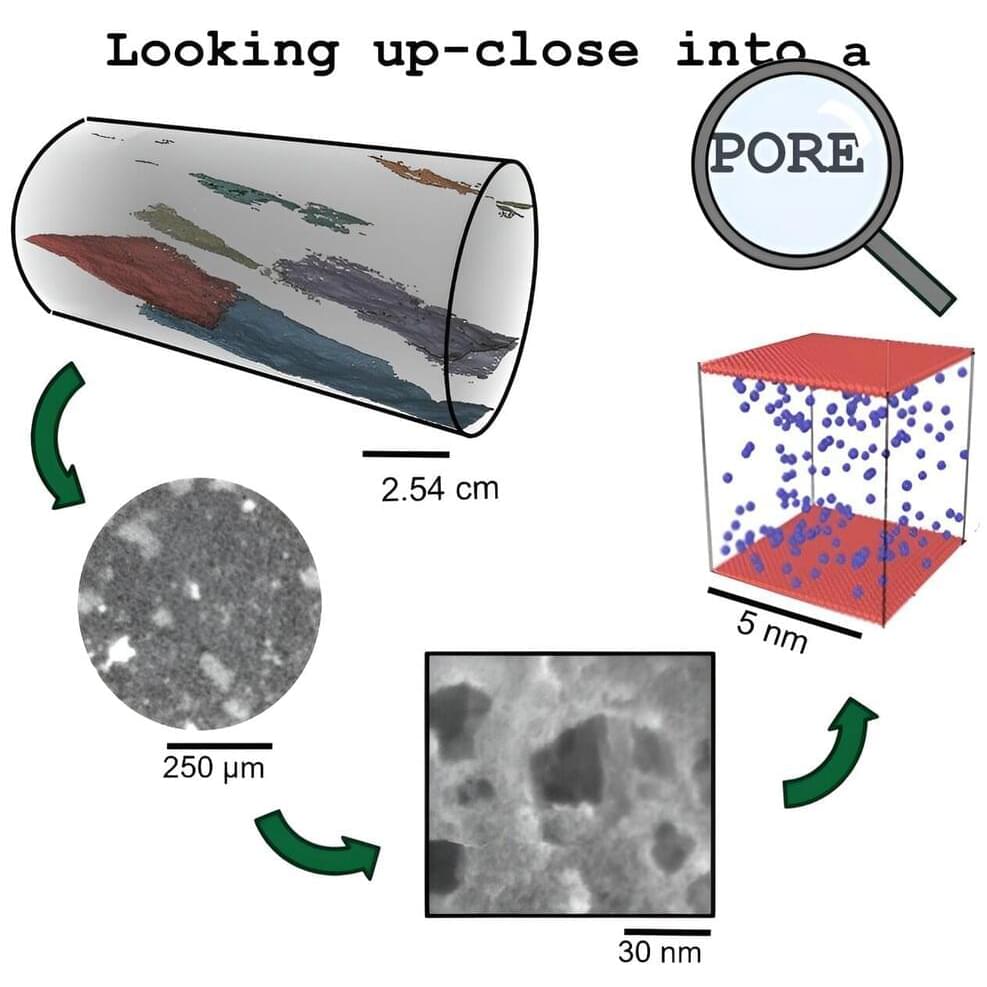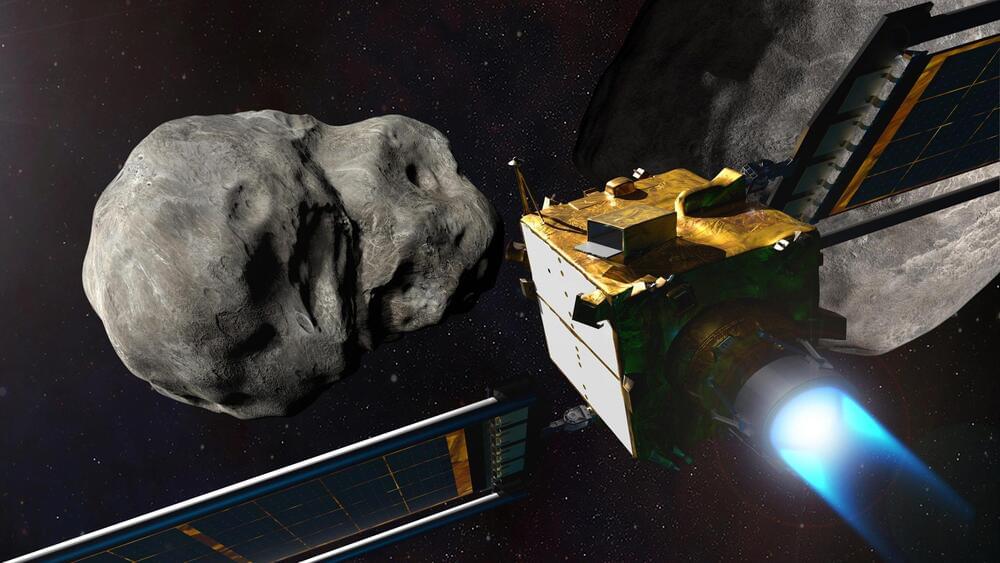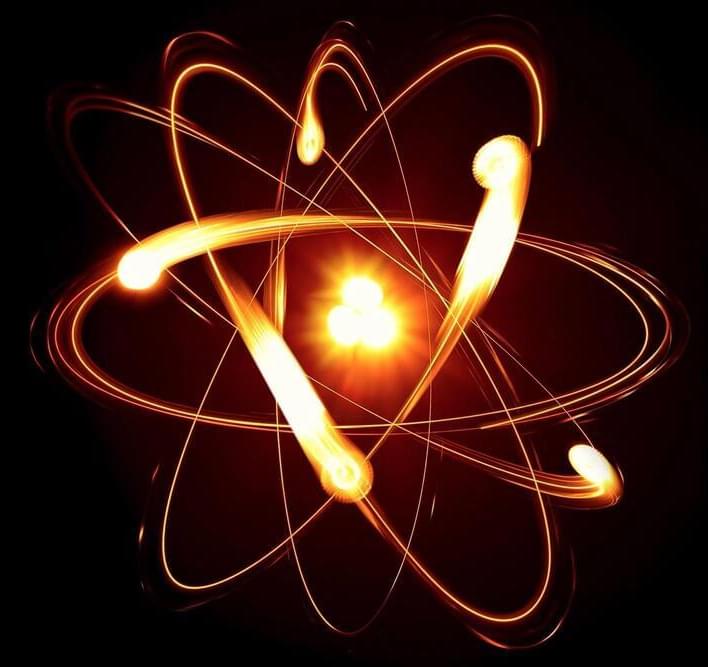Aug 17, 2024
Faster than one pixel at a time—new imaging method for neutral atomic beam microscopes
Posted by Saúl Morales Rodriguéz in category: futurism
Microscope images could be obtained much more quickly—rather than one pixel at a time—thanks to a new imaging method for neutral atomic beam microscopes developed by Swansea University researchers. It could ultimately lead to engineers and scientists getting faster results when they are scanning samples.
